Bio-synthetic Hybrid Materials and Bionanoparticles, edited By Alexander Boker, and Patrick Van Rijn: book reviewed by Dr. Fabio Nudelman, University of Edinburgh, Edinburgh, UK.
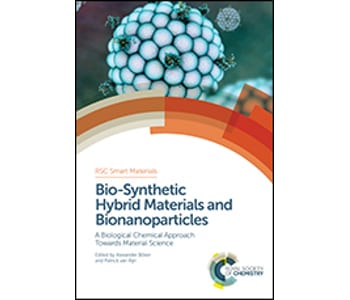

Bio-synthetic Hybrid Materials and Bionanoparticles, edited By Alexander Boker, and Patrick Van Rijn: book reviewed by Dr. Fabio Nudelman, University of Edinburgh, Edinburgh, UK.
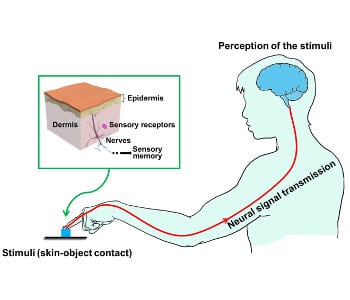
Chen et al. have developed haptic memory arrays which can detect and retain external pressure distribution.
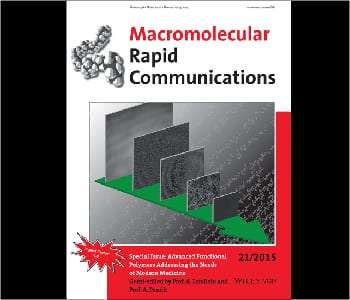
To fulfill the complex requirements of medical applications, multi-functional biomaterials need to be designed.
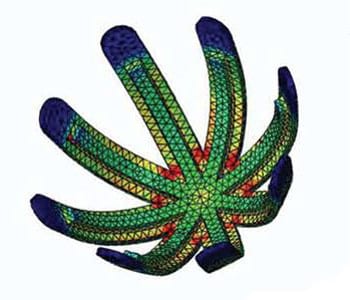
A team of researchers at Stanford University has developed shape-controlled, self-wrapping electronics based on carbon nanotubes.

The last decades have witnessed a dramatic advance in organic syntheses from the viewpoint of environmental science and technology. In a review article, Professor Michinobu highlights a novel click reaction inspired by semiconducting polymer doping techniques.
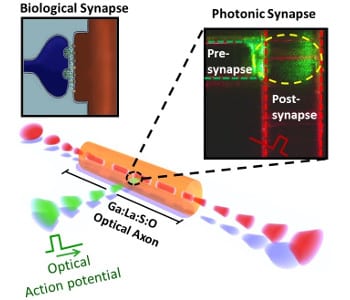
Mimicking the ultra-efficient organic human brain using inorganic structures is brought a step closer to reality with metal-sulphide microfibers.
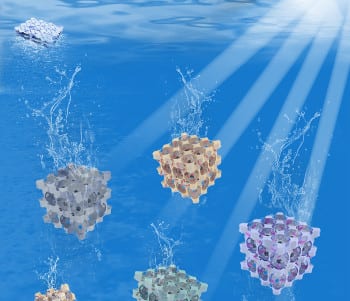
Researches from Pittsburgh present their latest advances towards the characterizations of three-dimensionally ordered macroporous hydrogels.
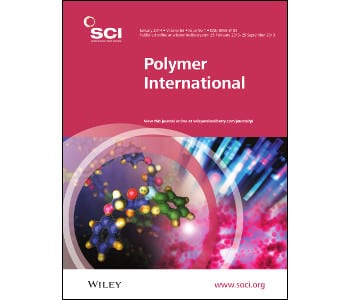
Issue 5 of Polymer International is a special issue dedicated to the memory of François Schué, former Editor-In-Chief of the journal.
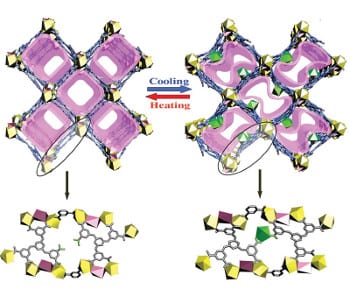
A thermoresponsive MOF structure is demonstrated to capture/release europium ions for the detection of explosives at room temperature and below.
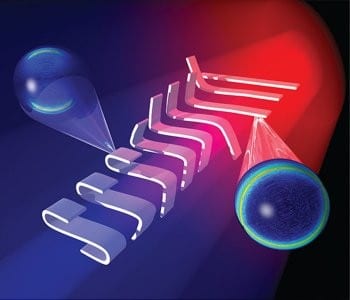
Macromolecular Chemistry and Physics in a new special issue, guest-edited by Andreas Lendlein and Marc Behl, presents recent results on (multi)functional smart materials, including shape-memory and shape-changing polymers.